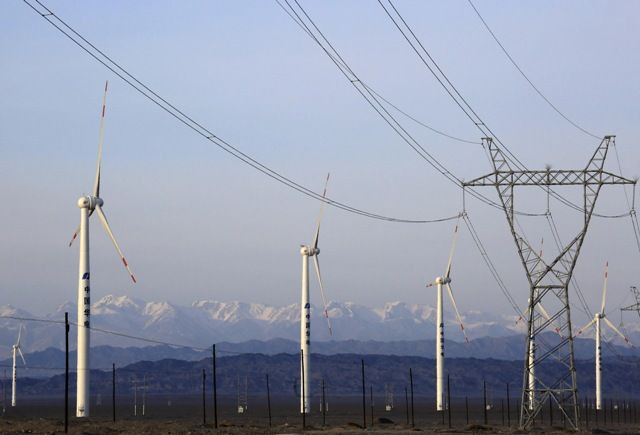ACT To Hold Second Wind Farm Auction To Fund More Wind Farms

On Wednesday the Australian Capital Territory government has announced to host a second large-scale wind farm auction to fund more wind farms. The auction that is due to take place later this year would guarantee a 20-year contract with the Government.
Earlier this year, the first auction witnessed three winners; the Cooner Bridge wind farm north-west of Bendigo, Hornsdale wind farm near Port Augusta in South Australia and the Ararat wind farm in Victoria. They set a feed-in tariff for the electricity that is to be produced over the 20 years. ABC reported that they have enough capacity to produce power for one third of Canberra’s needs.
The news announced by Environment Minister Simon Corbell came just after Federal Government pushed to block funding of wind energy projects and small-scale solar energy projects. Clean Energy Finance Corporation (CEFC) was ordered to ban renewable investment. However, Mr. Corbell would continue supporting renewable energy industry.
According to the Sydney Morning Herald, Mr. Corbell assured that the auction would attract projects not only from Canberra but also from a lot of other regions, which would help in bringing about economic prosperity to the region. To meet renewable energy targets (RET) this initiative was taken. The ACT has targeted to secure 65 percent of electricity needs by setting feed-in tariff entitlements within 2020. However, the households would see an added amount of AU$321.53 in their bills.
Mr. Corbell confirmed to have achieved 90 percent RET and has called on the states and territories to adopt feed-in tariffs so as to be less dependent on Commonwealth support because he believed "it is a mistake to solely rely on national policy settings.” The second auction would have 200-megawatt capacity similar to that of the first.
Meanwhile, he confirmed that this policy would deliver significant savings to the households and the net cost would be zero because of the energy efficiency scheme proposed. He has expressed his intention to build a technology, which would efficiently store solar energy for use at times of no light or little light. Decisions of negotiating with the auctions would uphold by the government next week.
Contact the writer on priya.shayani@gmail.com.





















